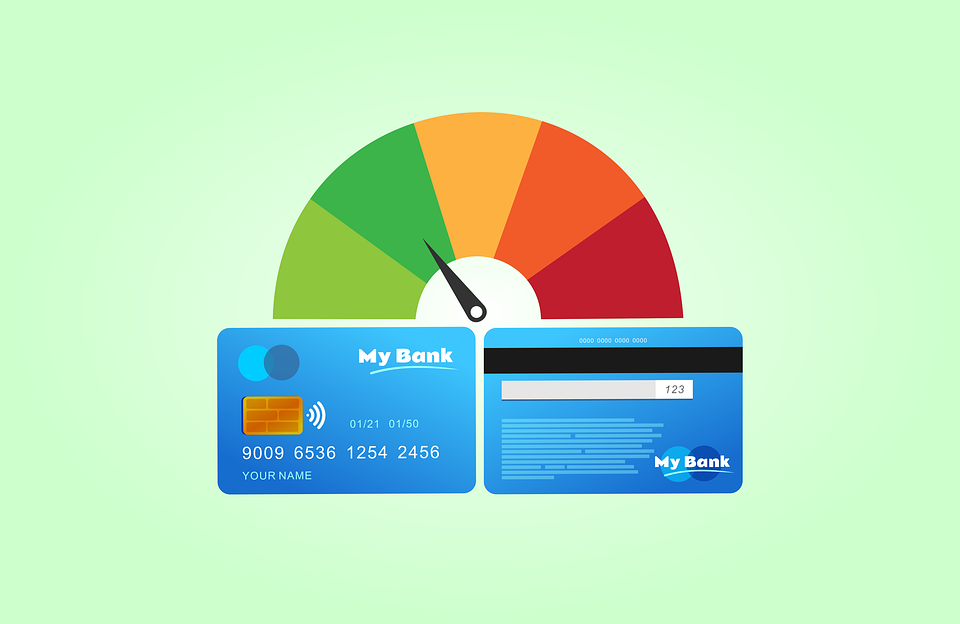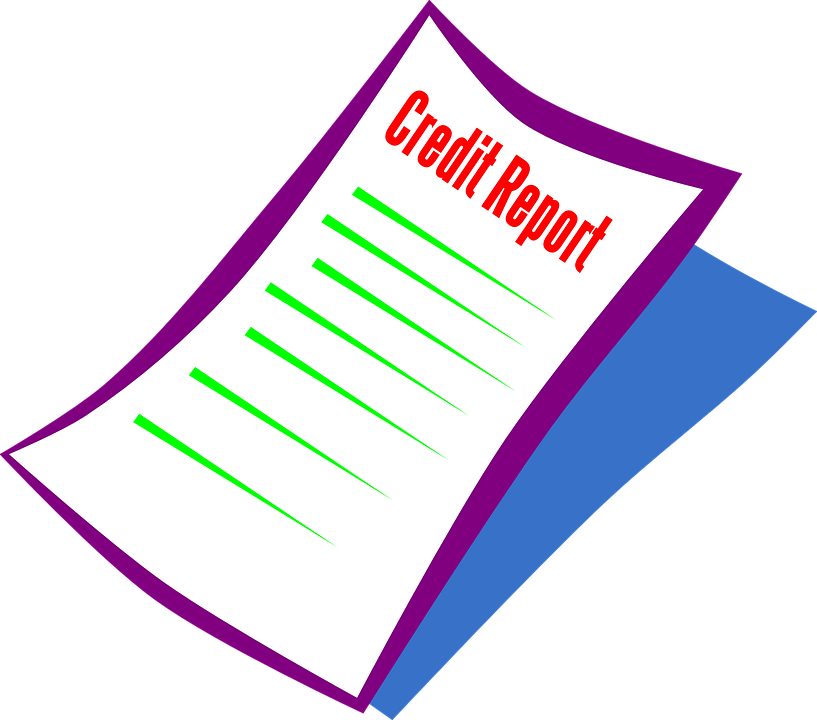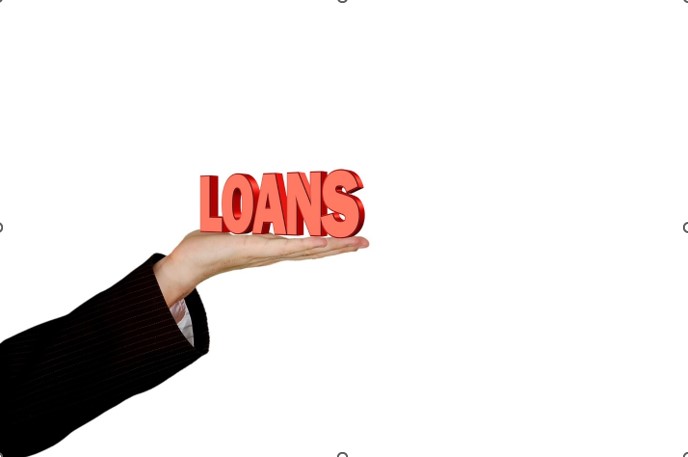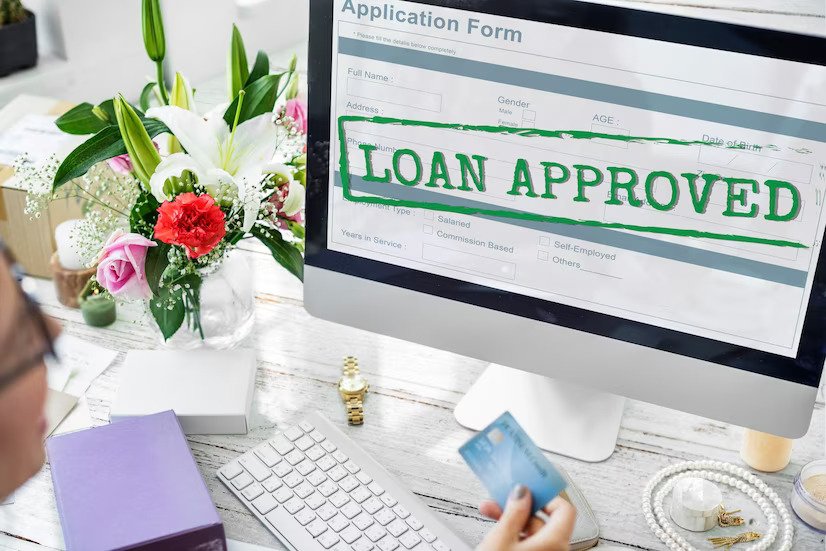What Is A HELOC Loan With Bad Credit Canada?
3 Mins Read
Published on: 29 November 2021
Last Updated on: 10 December 2024

toc impalement
A HELOC, or home equity line of credit, is a second mortgage that allows you to borrow money against the value of your property. A HELOC allows you to borrow against your equity.
It is the difference between the value of your property and the money you owe on your primary mortgage. Whether you own your house outright, you could receive a HELOC as your primary mortgage rather than a second. But, when it comes to HELOC loans with bad credit in Canada, then what to do? Read below to know more about these loans and how your bad credit can still get approval.
How A HELOC Loan With Bad Credit Canada Affects Your Credit Score?

Although a HELOC functions similarly to a credit card. It provides you with ongoing access to your home’s equity. There is one significant difference in terms of your credit score. HELOCs of a particular amount are treated by several credit bureaus as installment loans instead of rotating lines of credit.
As a result, maxing out your HELOC limitation may not have as many negative consequences as maxing out your credit card. A new HELOC to your credit record, like any other line of credit, will likely lower your credit score briefly. Your HELOC, on the other hand, can help you in improving your credit score throughout the period. Therefore, HELOC loans with bad credit Canada can help out people for investments. Even if you borrow properly, make regular payments, and do not use the entire credit limit.
What Are The Disadvantages Of A HELOC Loan With Bad Credit Canada?

The major disadvantage of a HELOC is that if you default on the loan, you risk losing your home. Avoid a HELOC if you want to achieve any of the following goals:
1. Your earnings are erratic
A HELOC could be a bad option if your income is likely to shift for the worse. If you don’t make your monthly payments, your lender may foreclose on your house.
2. You can’t afford the first outlay
An application cost, title search, home appraisal, attorney’s fees, and points may be required for a HELOC. Hundreds of dollars can be spent on these fees. “If you only need a small line of credit, the initial expenditures of a HELOC may not even be worth it.”
3. You don’t want to take out a large loan
If you need only a small credit line, the upfront expenditures of a HELOC may not always be worth it. In that situation, a low-interest credit card, perhaps with an intro interest-free duration, may be preferable.
4. An increase in the interest rates is unaffordable
HELOCs have some variable interest rates. The lifetime maximum, which is the highest potential rate, will be disclosed in the loan paperwork. Would you be able to afford a monthly payment with such a high rate of interest? If not, you should think again about taking out the loan.
5. You’re only utilizing it for the necessities
A HELOC isn’t worth taking the risk if you need additional money for day-to-day purchases and are struggling to make ends meet. Before you take on more debt, get your budget under control.
6. You’ll be subject to rising interest rates if you use variable rates
Take this into consideration. To get an indication of how large your payments may grow. Consider the size of the periodical cap (how much more the interest rate might alter at any given time) and the lifelong cap (the greatest interest rate you might be charged during the term of the loan).
On the good side, you only pay interest on the money you use. Not the overall amount available to borrow, much like with a credit card.
Bottom Line
HELOCs normally have variable interest rates, whereas home equity loans normally have a fixed rate. If interest rates go up, this could spare you from payment shocks in the future. Consult your lender to determine the best choice for your finance requirements.
Read Also:


















Comments Are Closed For This Article